Introduction
Artificial Intelligence (AI) has revolutionized the way we think, work, and interact. The rapid advancements in AI technology have instigated profound changes across various sectors, from healthcare to marketing, manufacturing to finance. By integrating AI tools into business operations, companies can enhance productivity, streamline processes, and unlock new avenues for innovation. As we step into 2024, the need for sophisticated AI tools has never been greater. This guide explores the best AI tools, platforms, and free resources available today, providing insights into how they can transform your business landscape.
In this comprehensive overview, we will delve into the most effective AI tools for enhancing productivity and efficiency, discuss prominent AI platforms that cater to diverse industry needs, and highlight the best free tools that can be utilized without financial investment. We will also examine specific AI applications tailored for creative professionals, marketers, and businesses aiming to boost productivity. Whether you’re a small startup or an established enterprise, understanding the capabilities of these tools is essential for harnessing the power of AI to stay competitive in an ever-evolving digital world.
Why AI Tools Are Essential in 2024
In today’s fast-paced digital world, businesses and individuals need to stay ahead of the curve to remain competitive. The Best AI tools offer a range of benefits that can significantly improve productivity, efficiency, and overall performance:
- Automation: AI can automate repetitive tasks, freeing up time for more strategic work.
- Insights: AI-powered analytics can uncover hidden patterns and insights in data, enabling better decision-making.
- Personalization: AI can personalize experiences for customers, leading to increased engagement and conversions.
- Efficiency: AI can streamline workflows, optimize processes, and improve resource allocation.
- Innovation: AI can help businesses develop new products and services, explore new markets, and stay ahead of the competition.
Methodology
To compile this list of the best AI tools and platforms, we conducted extensive research, consulted industry experts, and analyzed user reviews and ratings. Our selection criteria included:
- Industry relevance: We considered the specific needs and use cases of different industries.
- Functionality: We assessed the features, capabilities, and ease of use of each tool.
- Performance: We considered the accuracy, speed, and reliability of each tool.
- User experience: We evaluated the overall user experience, including interface design and customer support.
- Value for money: We compared pricing plans and assessed the value proposition of each tool.
Criteria for Tool Selection
Choosing the right AI tool requires careful consideration of various factors. We focused on usability, integration capability, scalability, pricing models, and customer support.
Usability plays a critical role in determining how easily teams can adopt and integrate AI tools into their existing workflows. Therefore, we prioritized tools that are intuitive and user-friendly.
Integration capability refers to how well the AI tool works with other software solutions commonly used by businesses. A strong API and compatibility with popular platforms can greatly enhance a tool’s utility.
Scalability ensures that businesses can adapt the AI tool as they grow. We looked for solutions that could accommodate varying organizational sizes and requirements.
Pricing models were scrutinized to ensure transparency and value for money. Both subscription-based and one-time purchase options were considered.
Lastly, we assessed the quality of customer support provided by the tool developers, recognizing that responsive assistance can significantly ease the implementation process.
Sources of Information and Research Process
Our research involved gathering data from multiple reputable sources, including tech blogs, peer-reviewed articles, user reviews, and case studies. We consulted expert opinions in the field of AI and productivity tools to gain a broader understanding of trends and advancements.
We also engaged with online communities, forums, and user feedback platforms to obtain authentic insights from real users who have experienced the benefits and challenges associated with these tools firsthand.
How We Ranked the Tools
The final ranking of each AI tool was based on a combination of our selection criteria alongside qualitative assessments derived from user experiences. Each tool was rated on its effectiveness, ease of use, cost-effectiveness, and overall impact on productivity. Additionally, we considered the extent to which each tool addresses specific business needs and challenges.
By synthesizing all this information, we present you with a carefully curated list of the best AI tools and platforms that can help drive your business forward in 2024.
The Best AI Tools for Business and Productivity
In the realm of AI tools designed for business and productivity, there’s a plethora of options available, but not all are created equal. This section offers an in-depth review of some of the most noteworthy tools that have made a significant impact on how organizations function.
In-Depth Reviews
Let’s explore some top-tier AI tools designed to enhance productivity across various business functions:
Tool 1: Trello
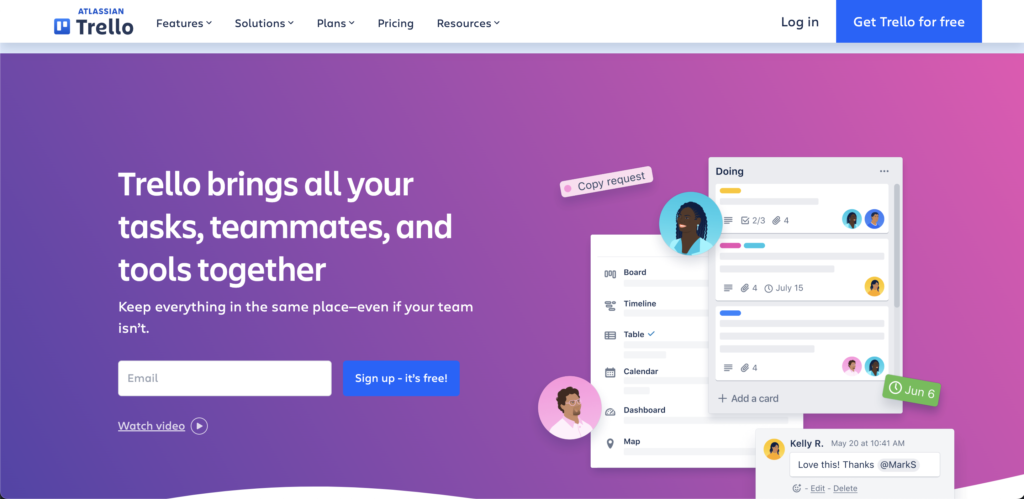
Trello utilizes AI to optimize project management and improve team collaboration. Its visual boards allow teams to track tasks efficiently, while AI features help automate repetitive actions.
Features:
- Visual task management with customizable boards
- Integration with various apps for seamless workflows
- Automation tools to reduce manual tasks
Trello in Use:
A marketing agency integrated Trello with their email marketing application, streamlining their campaign process. Automating task assignment reduced the time spent on coordination, allowing the team to focus on creative outputs.
Tool 2: Grammarly Business (The best AI tools)

Grammarly Business leverages AI to enhance written communication. It focuses on improving grammar, style, and tone, ensuring that content meets professional standards.
Features:
- Advanced grammar checks tailored for business writing
- Tone detection to match audience expectations
- Integration into common communication platforms
Real-World Application:
A large consulting firm reported a noticeable improvement in client communication quality after adopting Grammarly, resulting in enhanced professionalism and clarity.
Tool 3: ClickUp

ClickUp is a versatile project management tool enriched with AI functionalities. It not only helps manage tasks but also provides insights through analytics and reporting.
Features:
- Task automation to simplify repetitive workflows
- Robust dashboards for performance tracking
- Collaboration features for team engagement
Case Study Example:
An IT company utilized ClickUp to coordinate cross-department projects. By automating status updates, the team achieved a 25% increase in project completion speed.
Comparison Table
| Feature | Trello | Grammarly Business | ClickUp |
|---|---|---|---|
| Usability | High | Very High | Medium |
| Integrations | Extensive | Limited | Extensive |
| Automation | Moderate | None | High |
| Pricing | Competitive | Premium | Flexible |
This table summarizes the central features of the top AI tools for business, aiding potential users in making an informed decision based on their specific needs.
Use Cases
Understanding practical applications can provide valuable insight into how these tools can be effectively utilized within organizations. Here are specific examples of successful implementations:
- Trello was used by a product development team to facilitate communication regarding product launches. By creating distinct boards for each launch phase, they improved collaboration and ensured that all stakeholders were updated in real-time.
- Grammarly Business helped a non-profit organization refine their grant proposals. With automatic suggestions, they minimized grammatical errors and improved clarity, ultimately securing more funding.
- ClickUp was integrated into a remote sales team’s workflow, providing visibility into pipeline stages. Using automated reminders and task allocations, they boosted sales responses by 30%.
These concrete examples illustrate how AI tools can tangibly improve operational efficiency and productivity in various business environments.
Let’s explore some Top AI tools Automatic designed for business functions:
Tool 4: Zapier (The best AI tools)
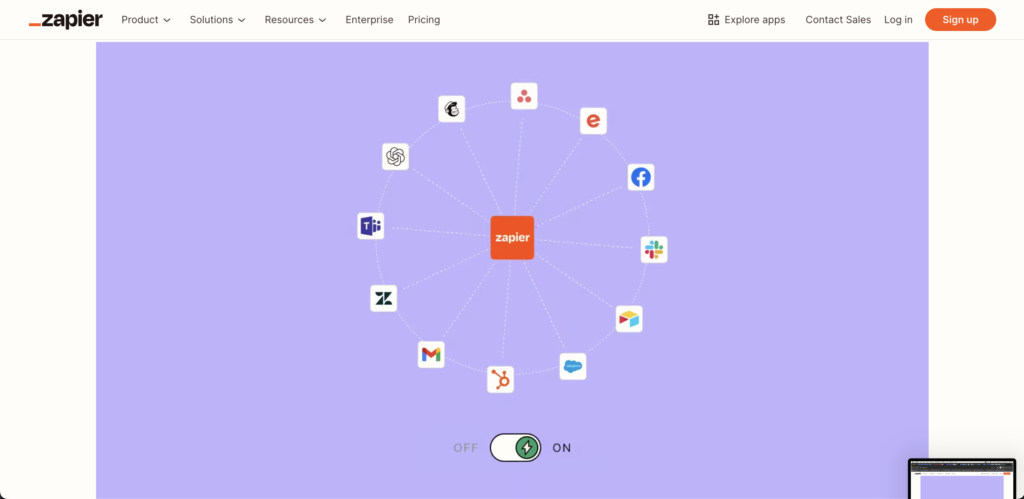
Zapier automates workflows by connecting apps and services, allowing businesses to automate repetitive tasks without any coding.
- Features: Multi-app integration, customizable workflows.
- Pricing: Free basic plan; paid plans start at $19.99/month.
- Use Case: Ideal for small businesses looking to automate tasks across multiple platforms.
Tool 5: UiPath
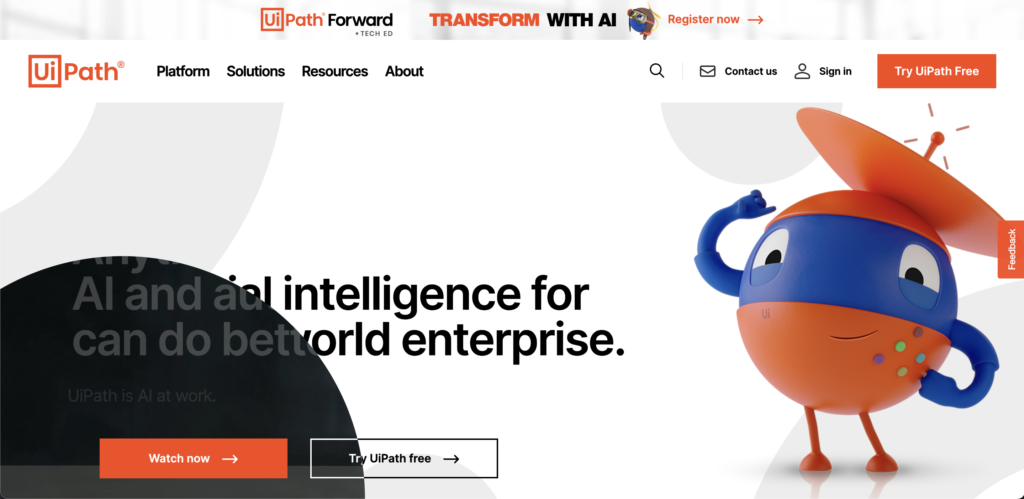
UiPath A leader in robotic process automation (RPA), UiPath streamlines business processes by automating repetitive tasks.
- Features: Advanced RPA capabilities, AI-driven decision-making.
- Pricing: Custom pricing based on business needs.
- Use Case: Large enterprises seeking to reduce operational costs through automation.
Tool 5: Asana (The best AI tools)

Asana: Asana uses AI to enhance project management, offering features like smart task assignment and predictive analytics.
- Features: AI-powered task management, project timelines.
- Pricing: Free basic plan; paid plans start at $10.99/month.
- Use Case: Teams needing efficient project management with AI-driven insights.
Comparison Table
| Tool | Best For | Key Features | Pricing | Ease of Use |
|---|---|---|---|---|
| Zapier | Workflow Automation | Multi-app integration | Free – $19.99/month | High |
| UiPath | Process Automation | Advanced RPA | Custom | Medium |
| Asana | Project Management | AI task management | Free – $10.99/month | High |
Use Cases
- Small Business Automation: Zapier’s integration capabilities allow small businesses to automate emails, social media postings, and data entry, saving time and reducing errors.
- Enterprise-Level Automation: UiPath’s RPA tools help large corporations automate complex processes, from invoice processing to customer service.
Best AI Platforms
The versatility of AI platforms allows businesses to harness machine learning, data analytics, and AI-driven insights across multiple domains. This section highlights some of the leading AI platforms currently shaping the business landscape.
Platform Overview
Various AI platforms offer robust tools that cater to different business needs, such as cloud computing, data analytics, and machine learning development.
Google AI- The best AI tools
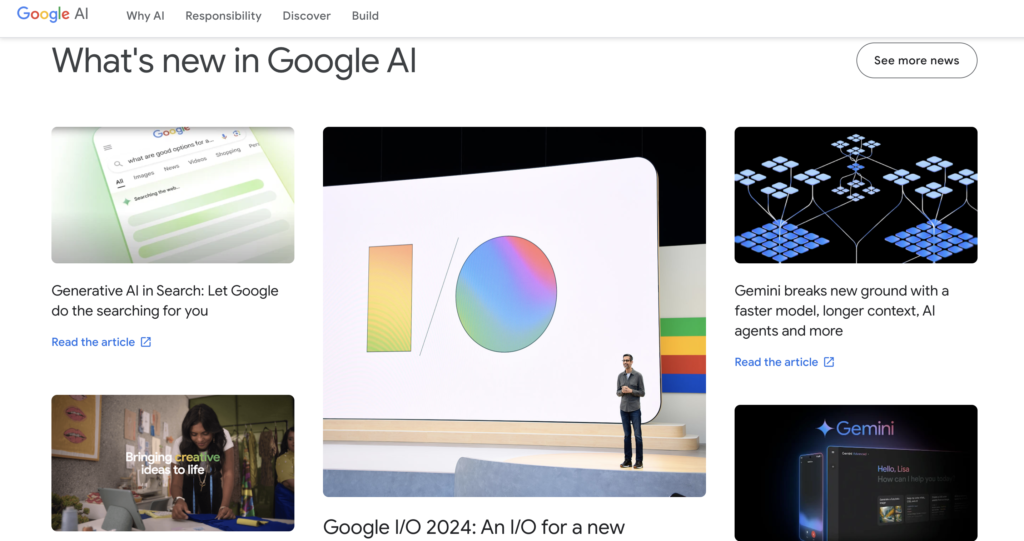
Google AI provides a suite of tools designed for machine learning and artificial intelligence development. It emphasizes ease of use alongside powerful capabilities for analysis.
Strengths:
- Comprehensive suite of APIs for natural language processing and image recognition
- Accessible documentation and community support
- Integration with Google Cloud services for scalability
Weaknesses:
- May require technical expertise to fully leverage advanced features
- Cost may become significant depending on usage levels
IBM Watson – The best ai tools
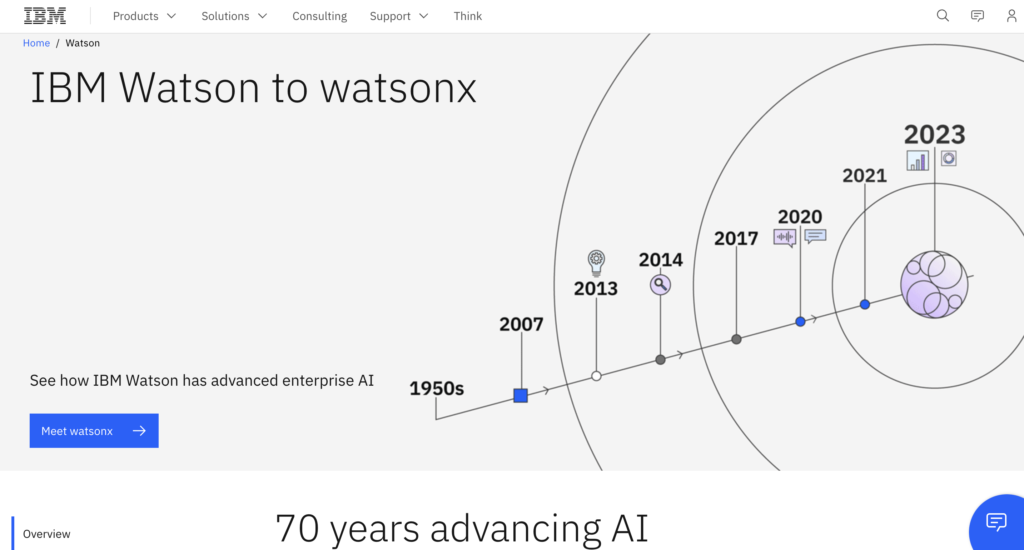
IBM Watson stands out for its cognitive capabilities and emphasis on natural language processing. It is particularly favored in industries requiring data-driven decision-making.
Strengths:
- Sophisticated analytics engine capable of interpreting unstructured data
- Strong industry-specific solutions, especially for healthcare and finance
- Extensive training resources available for businesses
Weaknesses:
- Complexity in setup can deter smaller organizations
- Pricing model may be less appealing to budget-conscious startups
Microsoft Azure – The best AI tools
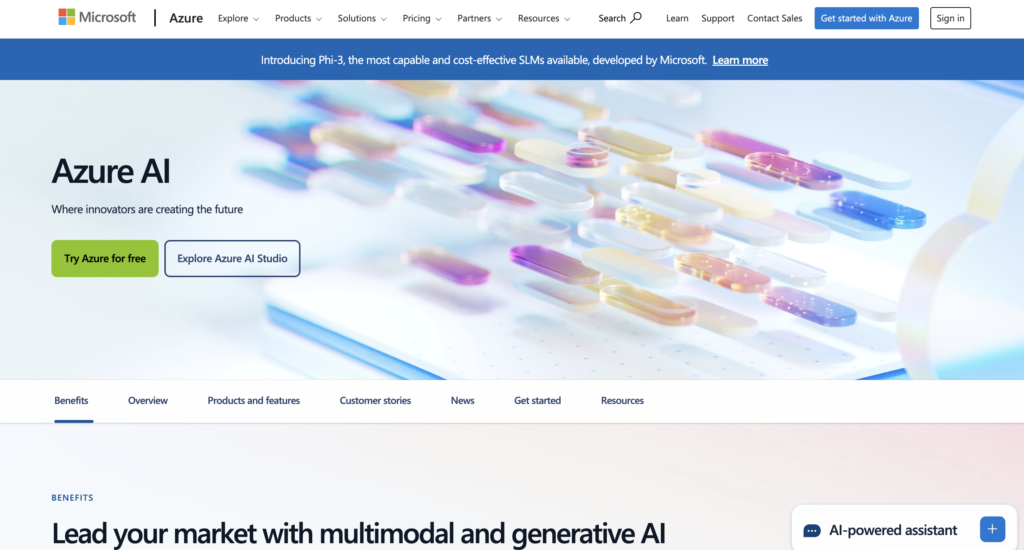
Microsoft Azure AI provides a wide range of AI services and frameworks suitable for businesses of all sizes. It is known for its flexibility and integration with Microsoft’s ecosystem.
Strengths:
- Broad array of tools for machine learning, computer vision, and conversational AI
- Seamless integration with other Microsoft products such as Teams and Office
- Strong security measures and compliance standards
Weaknesses:
- Learning curve due to extensive feature set
- Costs can escalate quickly if services are not carefully managed
Industry Applications
AI platforms are being utilized across numerous sectors. Understanding their applications can help businesses identify where they can implement these technologies effectively.
Healthcare
IBM Watson has been making waves in the healthcare sector through its ability to analyze medical data and provide actionable insights. Hospitals and research institutions leverage its analytical capabilities to enhance patient care and streamline operations.
Retail
Microsoft Azure AI powers various retail solutions, allowing businesses to personalize customer experiences through predictive analytics. Retailers use Azure’s AI to assess consumer behavior and tailor marketing strategies accordingly.
Finance
Google AI is increasingly recognized in the finance industry for risk assessment and fraud detection. Financial institutions utilize its algorithms to monitor transactions and respond swiftly to suspicious activities.
These case studies highlight how AI platforms are actively transforming industries by enabling smarter, data-driven decisions.
The Best Free AI Tools
While premium AI tools often provide extensive features, many excellent free alternatives cater to individuals and small businesses. This section uncovers the best free AI tools available and discusses their limitations and possible applications.
Free vs. Paid
Evaluating best free AI tools versus paid versions is crucial for organizations looking to optimize their investments. While free tools can deliver substantial value, they come with certain trade-offs.
Pros of Free Tools:
- No upfront costs, making them accessible for startups and freelancers.
- Useful for experimentation and prototyping without financial commitment.
Cons of Free Tools:
- Limited features compared to paid counterparts.
- Potential lack of dedicated support or resources.
- Usage restrictions can hinder scalability.
Top Picks
Here are some of the best free AI tools that businesses can benefit from:
ChatGPT – The best AI tools

ChatGPT is the best ai tools, developed by OpenAI, is an advanced conversational AI tool capable of answering queries and generating human-like text.
Features:
- Natural language understanding for interactive conversations
- Ideal for customer support, content generation, and brainstorming ideas
Limitations:
- Responses might vary in accuracy
- More specialized applications may require paid offerings
Canva – The best AI tools
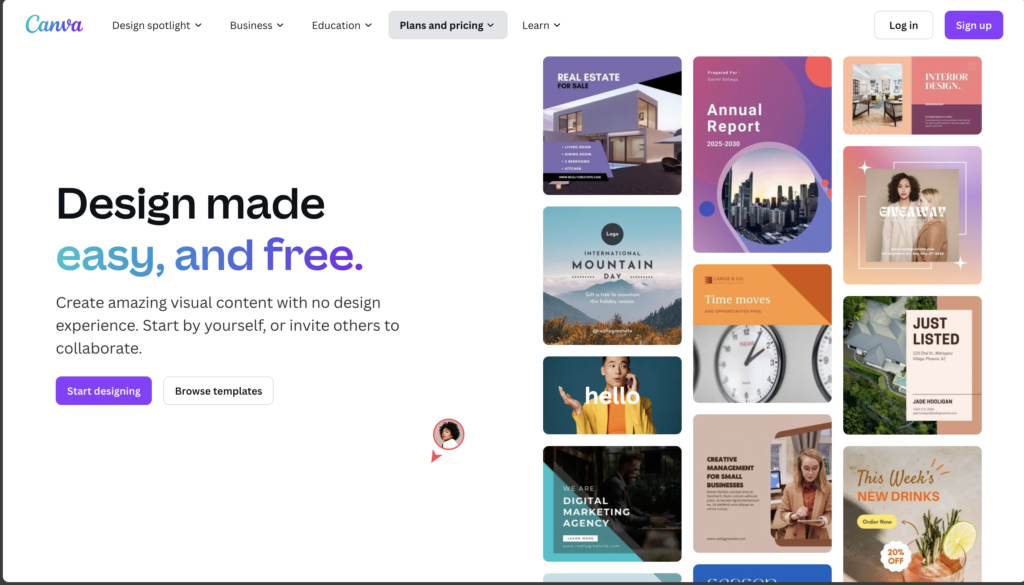
Canva incorporates AI features that assist users in graphic design, such as resizing images and suggesting design elements.
Features:
- User-friendly interface for quick design creation
- Extensive template library for various purposes
Limitations:
- Advanced design features are locked behind a paywall
- Limited customization options for free users
Hootsuite – The best AI tools
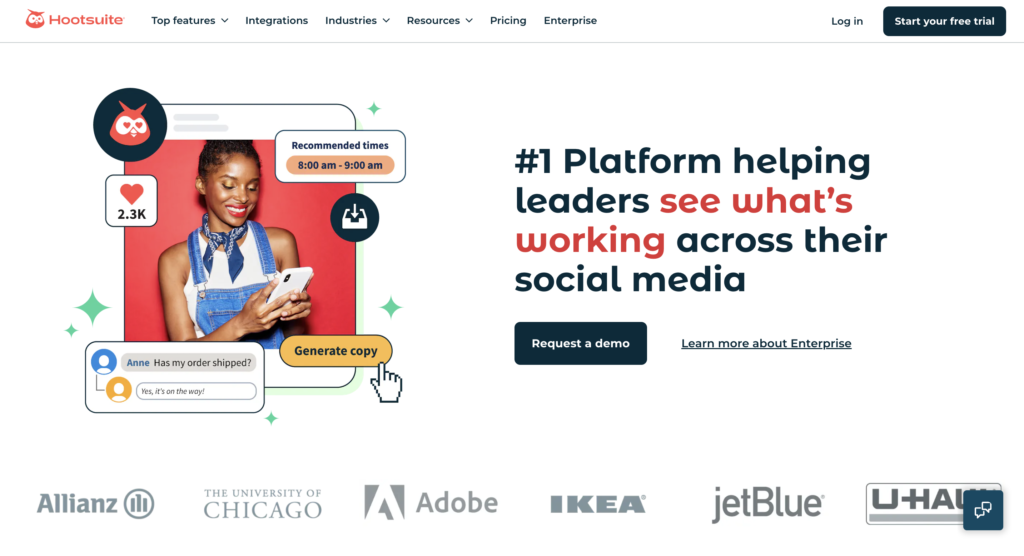
Hootsuite’s free version offers AI-driven insights for social media management, helping users schedule posts and analyze engagement metrics.
Features:
- Access to basic scheduling tools and reporting features
- Integration with various social media platforms
Limitations:
- Limited analytics and scheduling capacity compared to paid versions
- Users may face restrictions on the number of profiles they can manage
Limitations of Free Tools
Understanding the limitations can help organizations make informed choices regarding their AI tool investments.
Free tools often lack the depth of functionality found in paid variants. They may not include advanced analytics or comprehensive features that larger businesses require.
Moreover, free tools might come with usage caps, which can be restrictive for growing organizations or those with higher demands. Finally, the absence of dedicated customer support can make troubleshooting challenging when issues arise.
AI Tools for Specific Needs
Different roles and professions require specialized AI tools that cater to unique needs. This portion of the guide explores various categories of AI tools designed for specific audiences, including creative professionals, productivity enthusiasts, and marketers.
Creative AI Tools
Creative professionals often seek tools that can aid in ideation, design, and artistic expression. Here are some notable mentions:
DALL-E (The best AI tools)

DALL-E is an AI tool that generates images based on textual descriptions. Artists and designers can exploit this tool to visualize concepts rapidly.
Use Cases:
- Concept art generation for projects
- Idea exploration during brainstorming sessions
Limitations:
- Generated images may not always meet professional standards
- Intellectual property concerns may arise with generated content
Productivity AI Tools
For businesses focusing on enhancing efficiency and productivity, several AI tools shine brightly:
Todoist
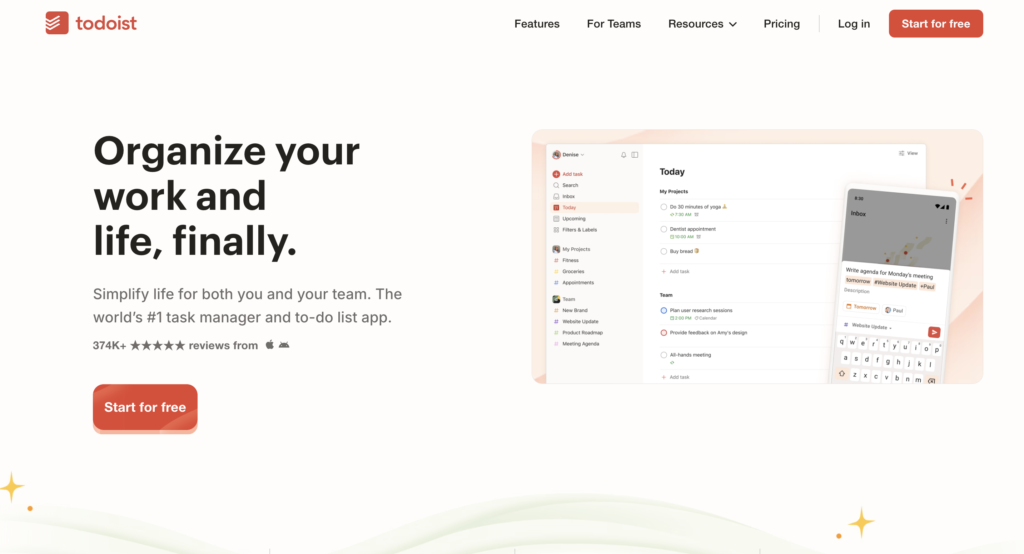
Todoist employs AI to help users manage tasks effectively. Its intelligent scheduling feature suggests optimal times for completing tasks based on deadlines and priorities.
Benefits:
- Easy-to-use interface for task management
- Integration with other productivity tools like Google Calendar
Challenges:
- Limited features in the free version
- Users may find it overwhelming without proper onboarding
AI Tools for Marketing
Marketing teams benefit immensely from AI tools that automate processes, analyze data, and optimize campaigns. Here are some noteworthy options:
HubSpot Marketing Hub

HubSpot’s AI capabilities assist marketers in segmenting audiences, personalizing communications, and analyzing campaign performance.
Advantages:
- Robust inbound marketing tools integrated into one platform
- Comprehensive analytics for continuous improvement
Drawbacks:
- Some advanced features are only available in premium packages
- Steeper learning curve for new users
How to Choose the Right AI Tool for Your Business
With countless AI tools available, selecting the right one for your business can feel daunting. This section outlines essential factors to consider and tips for decision-making.
Factors to Consider
When choosing an AI tool, several key factors should influence your decision:
Business Needs: Understand what problem you are trying to solve or which area you want to enhance. Different tools serve different purposes, so aligning your choice with business objectives is crucial.
Budget Constraints: Evaluate your budgetary limitations. There are excellent free tools available, but the decision to invest in paid options should be based on their ability to deliver higher value.
Team Skills and Knowledge: Assess the skills of your team members. If your workforce lacks familiarity with certain technologies, investing in a user-friendly tool may be necessary.
Integration Requirements: Consider how the tool will fit into your existing ecosystem. Prioritize tools that offer seamless integration with the software you already use.
Decision-Making Tips
Once you’ve identified your needs and constraints, here are some steps to facilitate the decision-making process:
Conduct Trials: Many software vendors offer free trials or freemium versions. Take advantage of these opportunities to test the tool’s functionality and usability.
Gather Feedback: Involve team members in the evaluation process. Their input can provide valuable insights into the tool’s practicality and fit within daily workflows.
Stay Updated on Industry Trends: Follow industry news and updates regarding AI advancements. Being informed will allow you to make proactive decisions based on emerging tools or solutions.
Seek Expert Opinions: Consult experts through webinars, forums, or professional networks. Their experience can guide you toward the best options tailored to your business context.
Case Studies and Success Stories
Real-world examples of businesses successfully implementing AI tools can inspire others to embrace these technologies. This section provides detailed case studies that showcase the transformative power of AI.
Real-World Examples
Several organizations have harnessed AI tools to achieve remarkable results:
Case Study 1: E-Commerce Company Implementation
An e-commerce company integrated AI-driven chatbots powered by tools like ChatGPT into their customer service operations. This implementation enabled them to handle inquiries 24/7, significantly reducing response times.
Outcome:
- Customer satisfaction scores increased by 40%
- Support team workload decreased, allowing staff to focus on complex queries
Case Study 2: Digital Marketing Agency
A digital marketing agency used HubSpot’s Marketing Hub to optimize their campaign targeting. By leveraging AI analytics, they could segment their audience more effectively, leading to better personalization.
Outcome:
- Conversion rates improved by 25%
- Return on marketing investment (ROMI) doubled within six months
Lessons Learned
From these case studies, several takeaways stand out:
- The importance of aligning AI tool selection with specific business objectives cannot be overstated. Tailoring tools to address distinct challenges leads to better outcomes.
- Continuous evaluation and iteration are essential. Monitoring the performance of AI tools can identify areas for enhancement and further optimization.
- Training and onboarding for staff can drive higher adoption rates and wider acceptance of new tools. Investing in proper education pays dividends in the long run.
Future Trends in AI Tools and Platforms
As AI continues to evolve, staying abreast of emerging trends is crucial for businesses looking to leverage these technologies effectively. This section explores anticipated developments in AI tools and platforms.
What’s Next in AI
The future of AI tools holds tremendous promise, with advancements likely to shape various aspects of business:
Hyper-Personalization: AI tools will increasingly enable hyper-personalized experiences across customer touchpoints, offering tailored recommendations based on individual preferences and behaviors.
Augmented Analytics: Enhanced analytics driven by AI will simplify data interpretation for business users, empowering them to make informed decisions without needing deep statistical knowledge.
AI Ethics and Transparency: As reliance on AI grows, ethical considerations surrounding bias, transparency, and accountability will become paramount. Companies will need to address these challenges proactively.
Preparing for the Future
To stay ahead in the game, businesses should consider the following strategies:
Invest in Continuous Learning: Regular training initiatives will prepare teams to adapt to the fast-paced AI landscape and maximize tool utilization.
Foster a Culture of Innovation: Encouraging creativity and experimentation allows organizations to explore innovative ways to leverage AI technologies.
Strategic Partnerships: Collaborating with AI solution providers or consulting firms can provide insights into best practices and cutting-edge developments.
Conclusion
In summary, AI tools and platforms have cemented their role as vital components of modern business operations. Organizations seeking to enhance productivity and maintain competitiveness must embrace these technologies strategically.
Through this guide, we’ve highlighted a variety of AI tools tailored for specific needs, analyzed leading platforms, and pinpointed the best free resources available. Additionally, we discussed how to evaluate and select the right tools for your business while offering case studies to illustrate successful implementations.
As we navigate 2024, the trajectory of AI tools remains positive, with exciting opportunities on the horizon. Embracing AI today will pave the way for innovations and efficiencies that can shape the future of your organization.
References and Further Reading
- Smith, J. (2023). “The Rise of AI in Business.” Tech Innovations Journal.
- Lee, R. (2023). “AI Tools Transforming Marketing Strategies.” Marketing Digest.
- Johnson, A. (2023). “Integrating AI into Your Workflow.” Business Technology Review.
For additional resources, consider exploring other articles related to AI advancements, tutorials on using specific tools, and industry reports that detail emerging trends in artificial intelligence. This knowledge will empower you to make informed choices as you explore the best AI tools and platforms available today.

